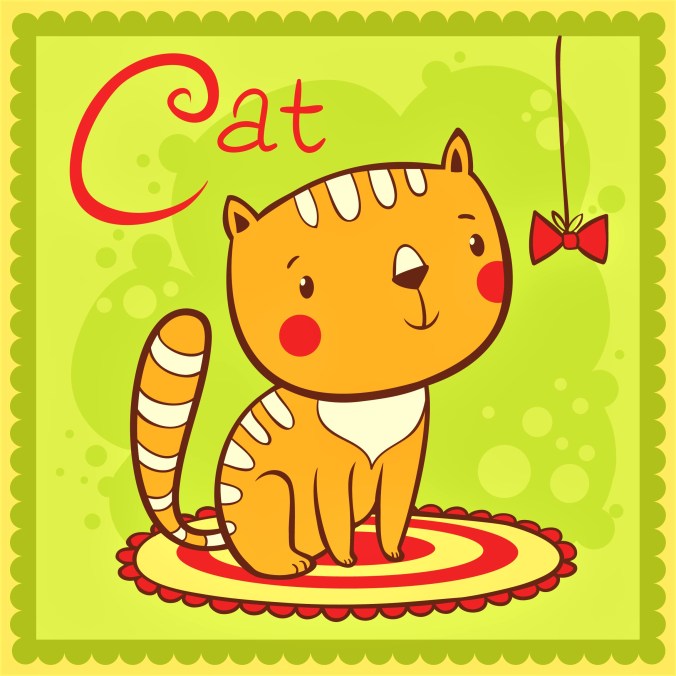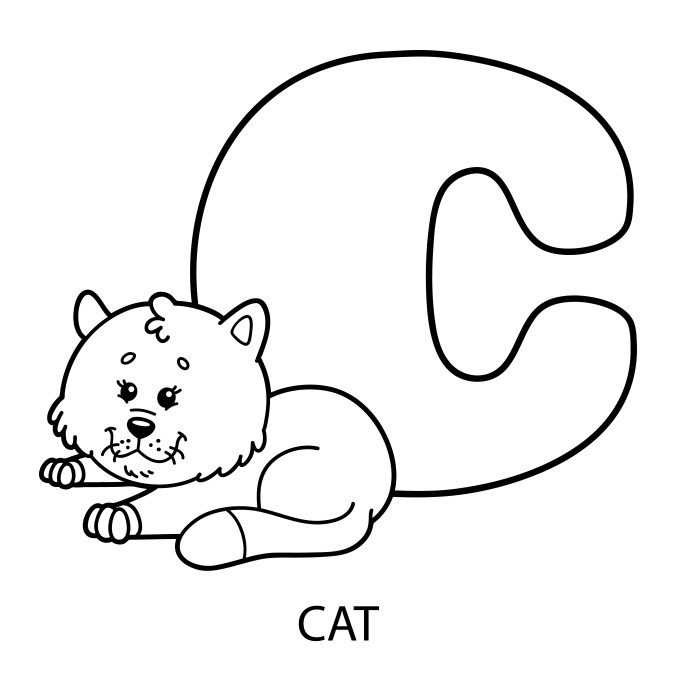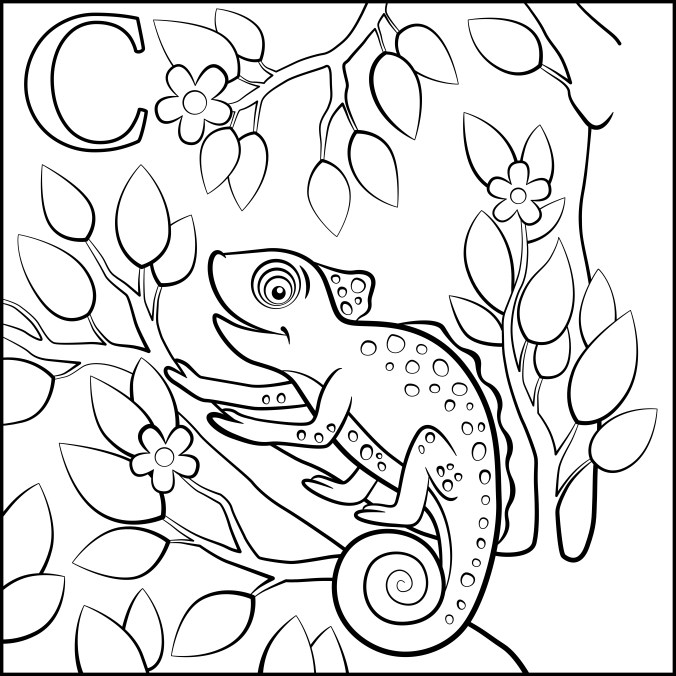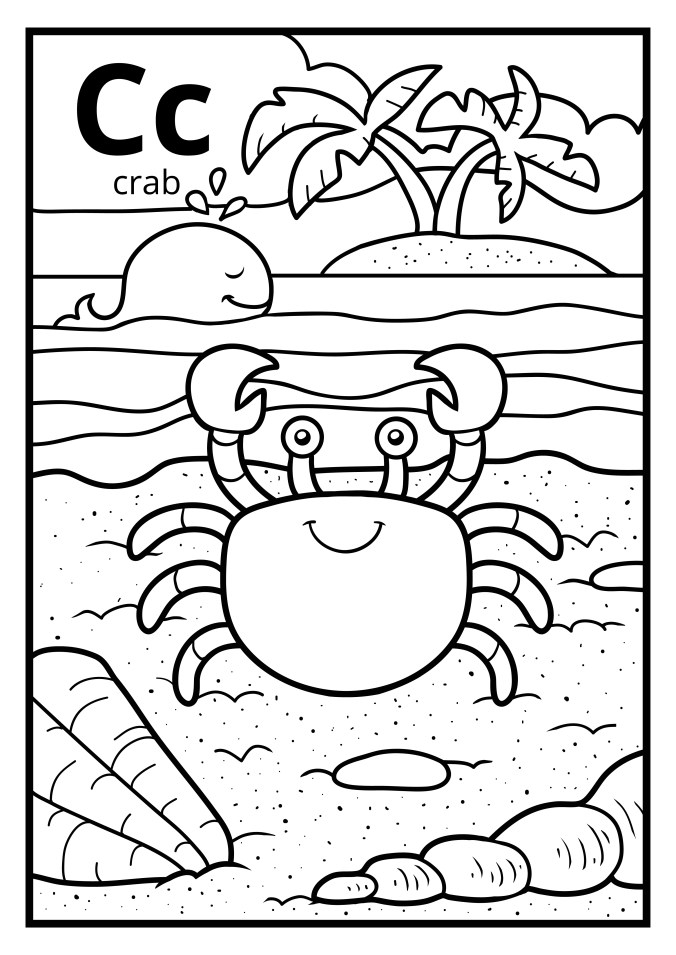The letter “C” is for “Cat”

There are estimated to be over 600 million cats in the world! Modern domestic cats are all descended from a wild ancestor called “Felis silvestris lybica”. Scientists have shown that all the housecats in the world today can be traced back to only five females of this species.
It is believed that Cats domesticated themselves. When humans stopped herds of animals and began to farm many, many years ago, they first grew crops of grains. The grains attracted mice and other rodents, which in turn attracted cats. The humans appreciated the cats keeping the bothersome rodents under control, so allowed the cats to not only stay around but also protected and fed them.
Did you know . . . .
- A male cat is called a “Tom”, a female cat is called a “Molly” of “Queen, and young cats are called “Kittens”. A group of adult cats is called a “Clowder” and a group of kittens is called a “Kindle”.
- The heaviest domestic cat ever recorded weighed nearly 47 pounds (21.3kg). That was a big cat, don’t you think?
- Cats can see at night extremely well, in six times lower light than humans need to see.
- Cats also have very sharp hearing and a keen sense of smell.
- Cats save energy by sleeping an average of 15 hours every day.
- There are over 500 million domestic (pet) cats in the world, making them one of the most popular pets.
- Domestic cats let loose are called “Feral Cats”. They can be a big problem preying on native wild birds and animals.
- Domestic (pet) cats love to play, especially young kittens.
- A “Calico Cat” is a cat with three different colors, or what they call a tri-colored coat. Calico cats are almost always female.
- Cats can run up to 30 miles per hour!
- Most cats are lactose intolerant and contrary to popular belief should not be given cow’s milk. Drinking cow’s milk can cause cats to have painful stomach cramps and diarrhea.
When we hear the word “Cat”, most of us think about domestic or “house” cats. But house cats are in the same family “Felidae” as Lions, Tigers, Leopards, Jaguars, Cougars, Cheetahs, Lynx, Bobcats, and several more. The House Cat is the only domesticated species in the Felidae family and is believed to have been domesticated in the Near East around 10,000 years ago.
Would you like to color a Cat? Simply ‘Right Click’ on an image, hit ‘Save Image As’ to save a local copy, and then print out as many as you want!


BONUS — The letter “C” is for Chameleon, too! Did you know that Chameleons can change colors? Many people believe they change colors to match their backgrounds to blend in and hide. But really, most Chameleons change their colors to regulate their body temperatures or to signal to other chameleons. Chameleons cannot generate their own body heat, so changing the color of their skin is a way for them to maintain a favorable and healthy body temperature. What color will your Chameleon be?

AN EXTRA BONUS — The letter “C” is for Crab, too. We always think about Crabs in the ocean. But Crabs can live on land, too, as long as they keep their gills moistened so they can breathe. And that is the main reason why we always see them either in the water or near the shore. This crab looks happy! What colors will you use to color this happy Crab and his Whale friend?

These Animal Alphabet Coloring Pages are made possible thru the kind and generous support of our Patreon Community. Will you join us today to help make the world a better place and to keep the alphabet letters coming?
This is a purposefully non-monetized, ad-free site to be able to offer the most enjoyable reading and viewing experience for everyone, with all content freely shared, and generates no  income to offset the costs of maintaining and operating. If you enjoy your visits and time with us, Join our new Patron Community today, because together we can do so much!
income to offset the costs of maintaining and operating. If you enjoy your visits and time with us, Join our new Patron Community today, because together we can do so much!
With the help of patrons, each month we are able to donate free print copies of “The Adventures of Little Red Bear: The First Holler!” to Libraries, Senior Citizens, Schools and Classrooms, and to those who could otherwise not obtain a copy, and to continue adding meaningful content available free of charge for all.
Patrons also help my friend Little Red Bear and me to continue this as a non-monetized, ad-free site, dedicated solely to entertainment and educational purposes while sharing positive messages of happiness, inspiration, and kindness with everyone. We invite you to join us today in our Patron Community and together make a positive difference in the world!
Meet Little Red Bear & His Friends — “Once Upon A Time In A Very Special Woods . . . .”
Find out what readers have to say about Little Red Bear and His Friends!
(Royalties from the sale of Little Red Bear’s books go directly to supporting this site.)

